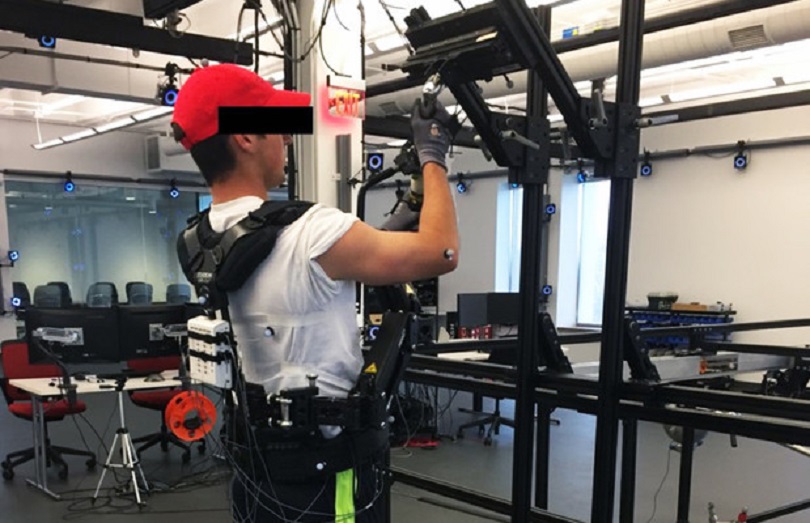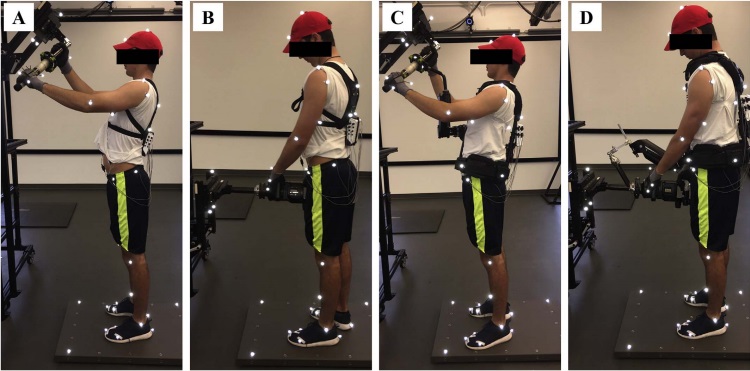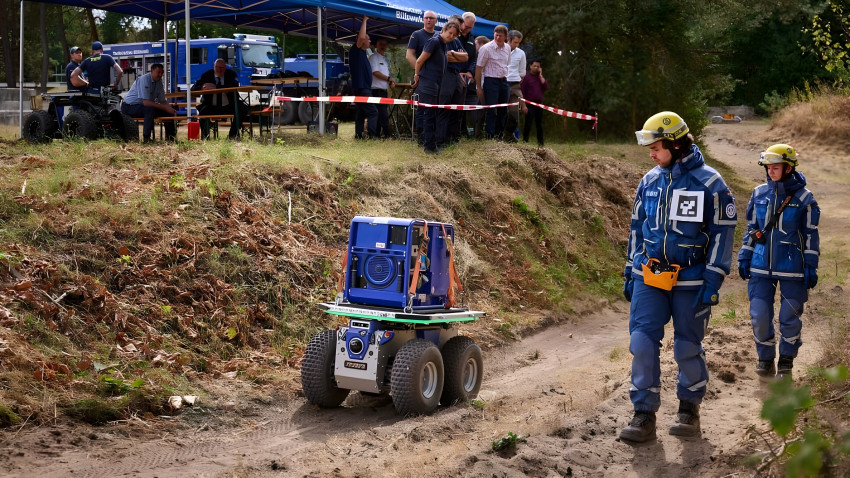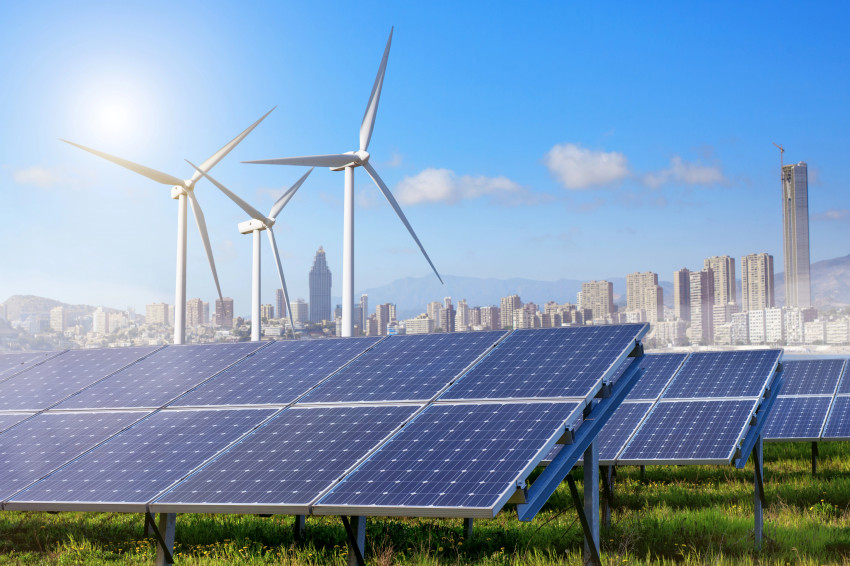
Exoskeleton is bad for your back
An exoskeleton designed to give your arms extra strength, is bad for your back. American researchers have discovered that a commercially available exoskeleton increases pressure on the back by more than 50%.
Researchers at Ohio State University tested an exoskeleton used in aviation and shipbuilding to operate heavy machinery. Such exoskeletons are intended to reduce the load on certain parts of the body.
MECHANICAL ARM
During the study, 12 volunteers conducted assignments using a mechanical arm, attached to a commercially available exoskeleton vest. They operated heavy tools for a couple of hours, with and without the mechanical arm, allowing the researchers to measure the muscle force used in the torso and back.
The heavy tools in question were a torque wrench weighing more than 4 kg and a 13 kg impact wrench. Without the exoskeleton, the volunteers needed to actively use their arm muscles to move the tool up and down, while a simple up and downward arm movement sufficed when using the exoskeleton.
PRESSURE
The exoskeleton therefore relieved much of the load on the arm muscles. However, the researchers discovered that the pressure exerted on the lower back was increased more than 50%, while some muscles in the torso were even subjected to twice the normal strain.

According to the manufacturer of the exoskeleton vest, users may indeed experience muscle pain to start with. Apparently, this muscle pain will be reduced with frequent use of the exoskeleton, as the muscles grow stronger. However, this will only happen if the user regularly takes a break. In practice, users probably do not take enough breaks, which may lead to muscles being overly strained.
SPECIFIC
The scientists emphasise that their results only apply to this specific exoskeleton, as other types have not yet been tested. However, their research is a clear indication that designers of exoskeletons must take account of the effect of an exoskeleton on the body as a whole, rather than simply on certain limbs.
The exoskeleton in this study did not have any mechanically driven components. Active exoskeletons contain motors which assist in movements. In the autumn, Knapik and his colleagues will be testing the effect of such an exoskeleton on a person's back.
Opening photograph: an experimental subject operates a hand tool while wearing an exoskeleton. Photo by Eric Weston, courtesy of The Ohio State University.
If you found this article interesting, subscribe for free to our weekly newsletter!







